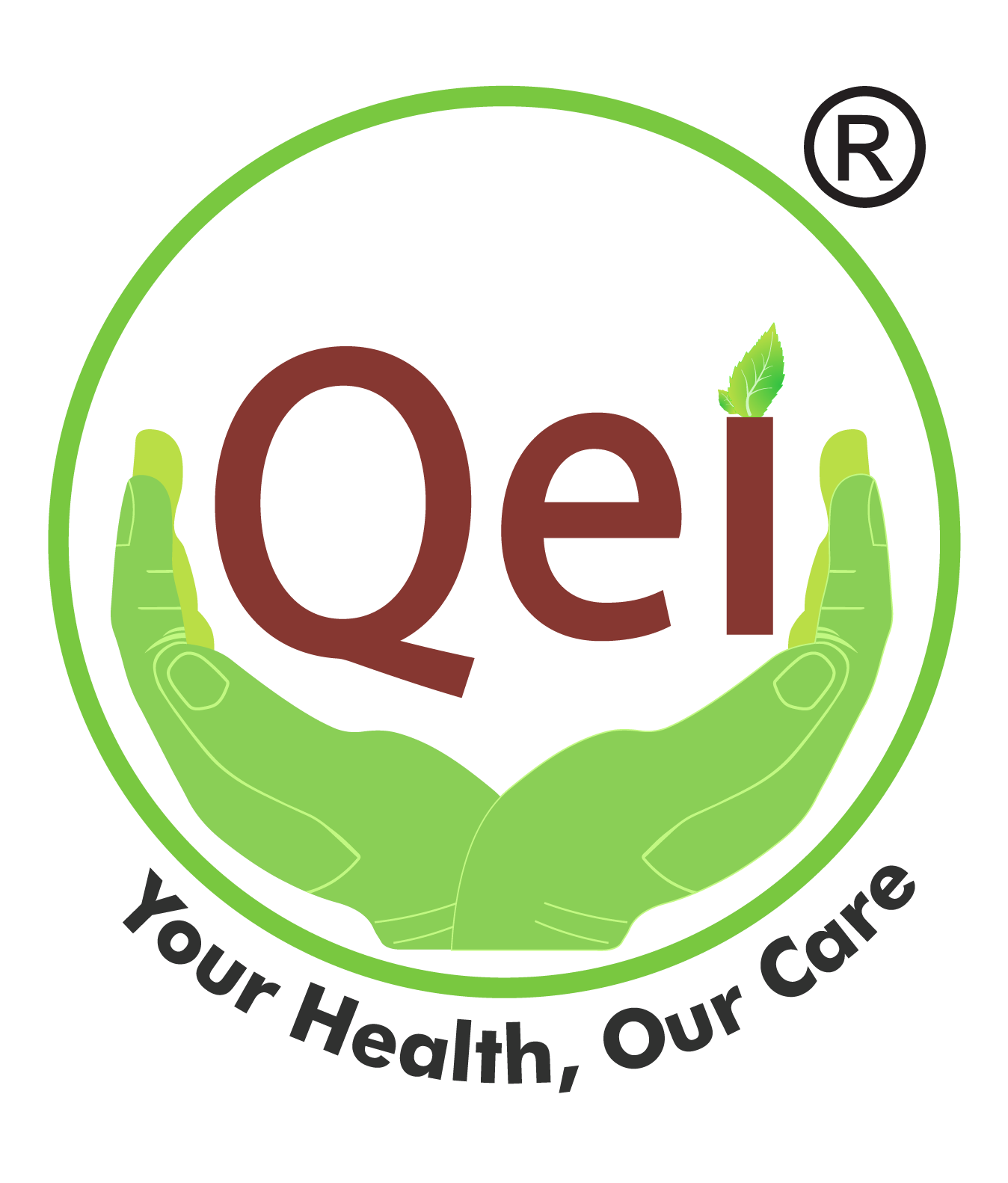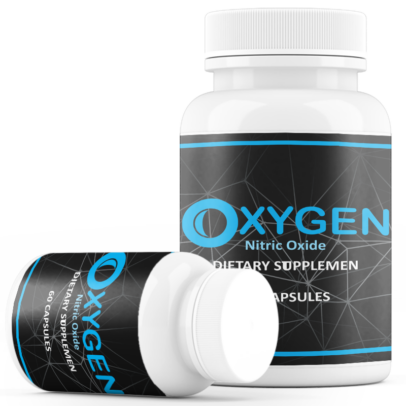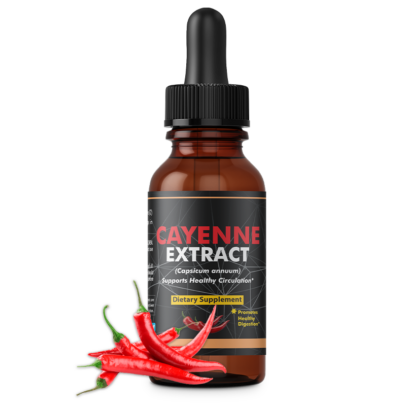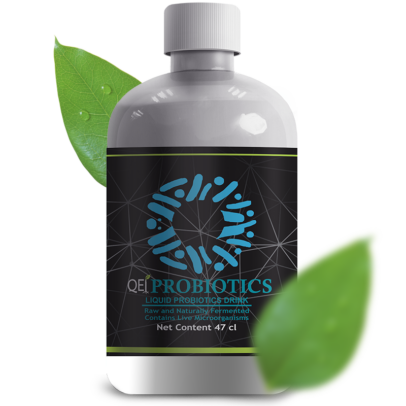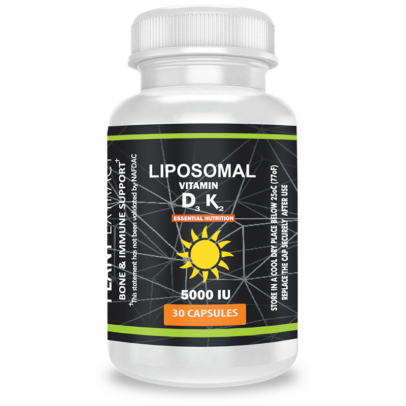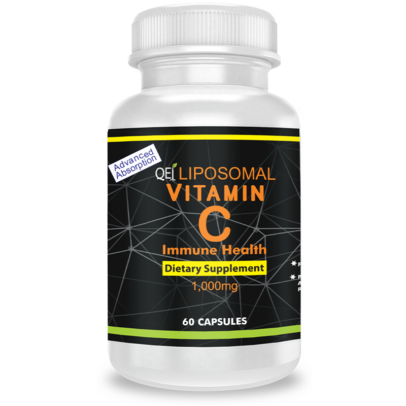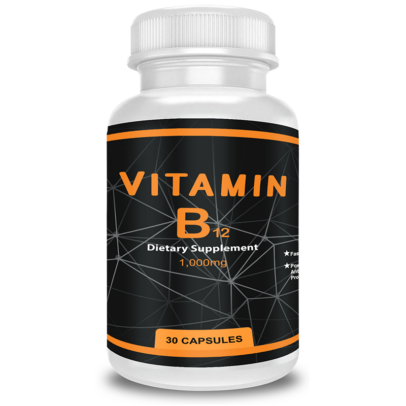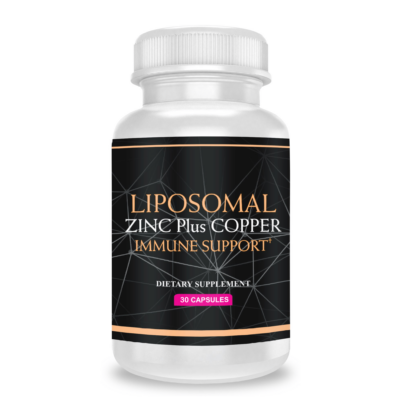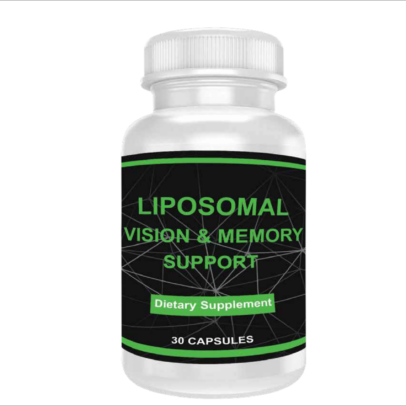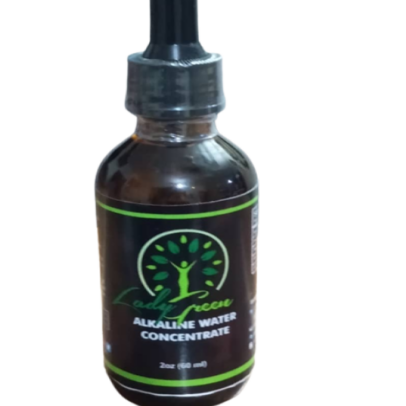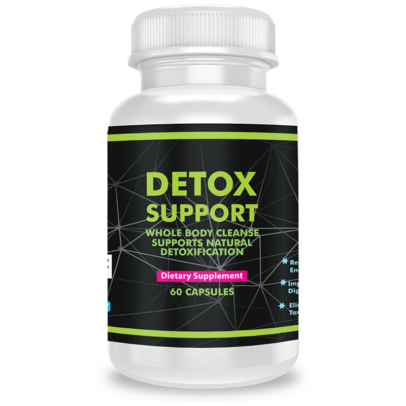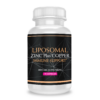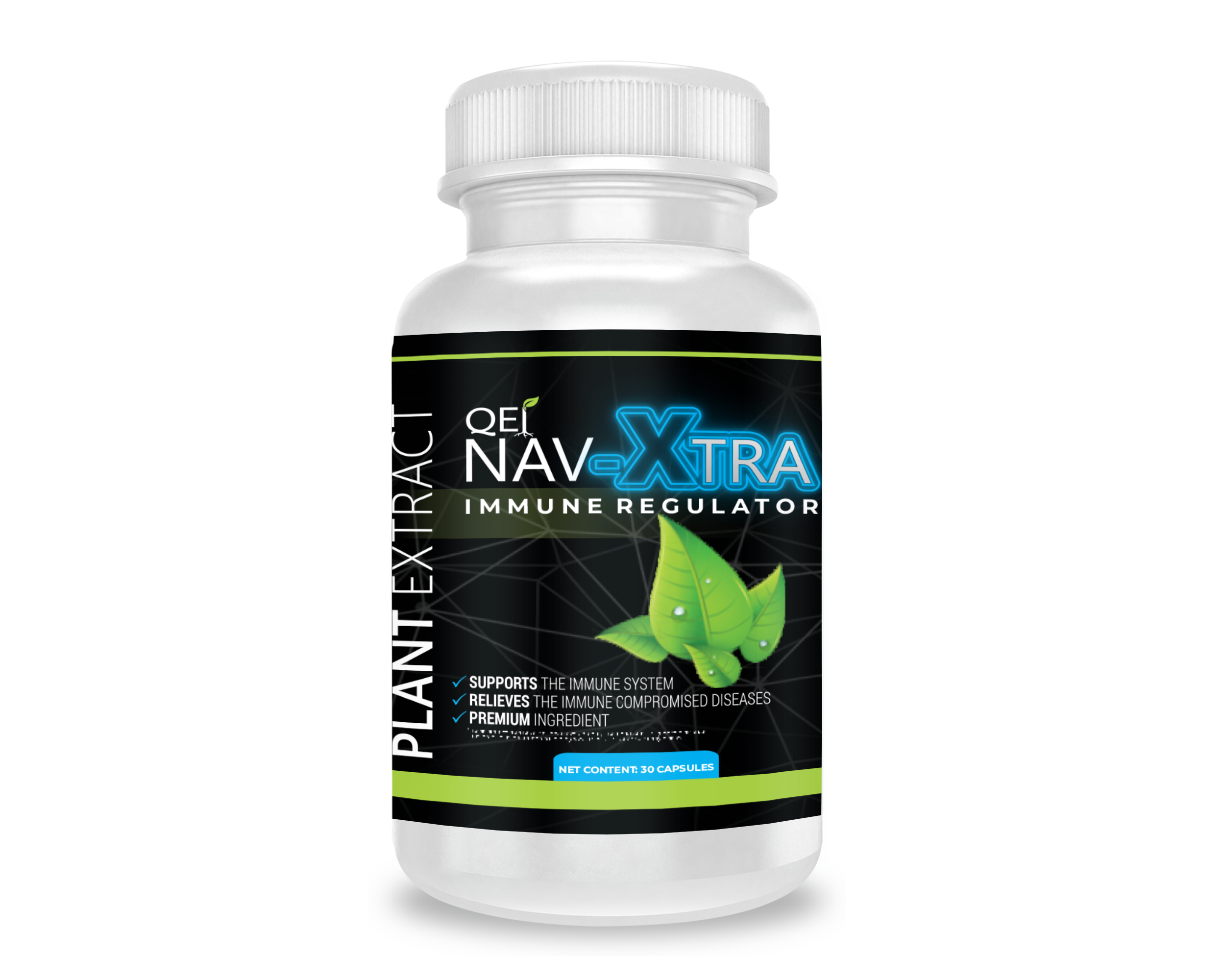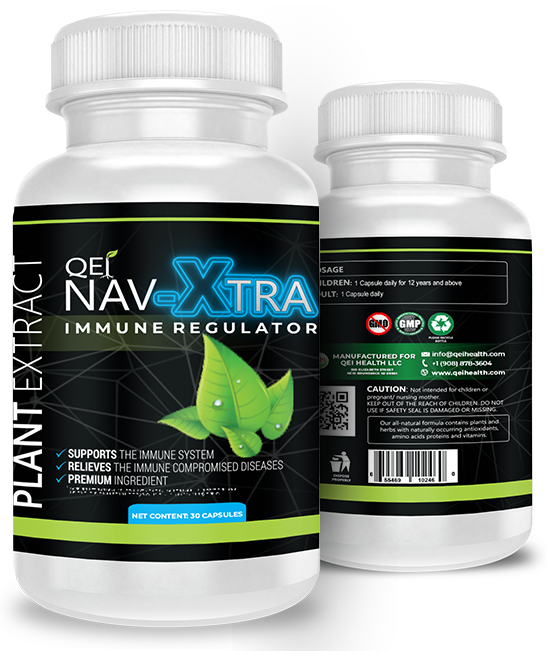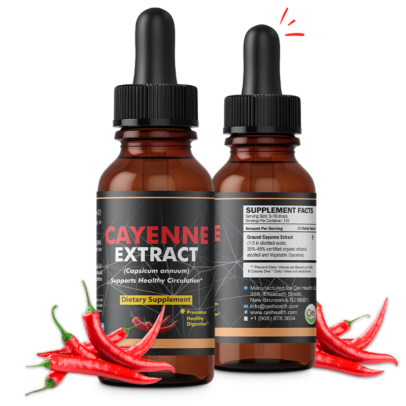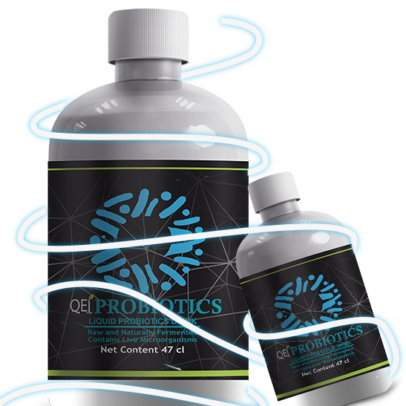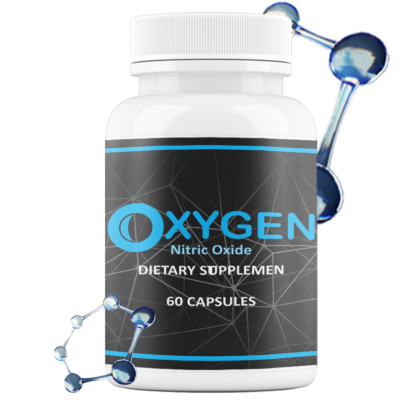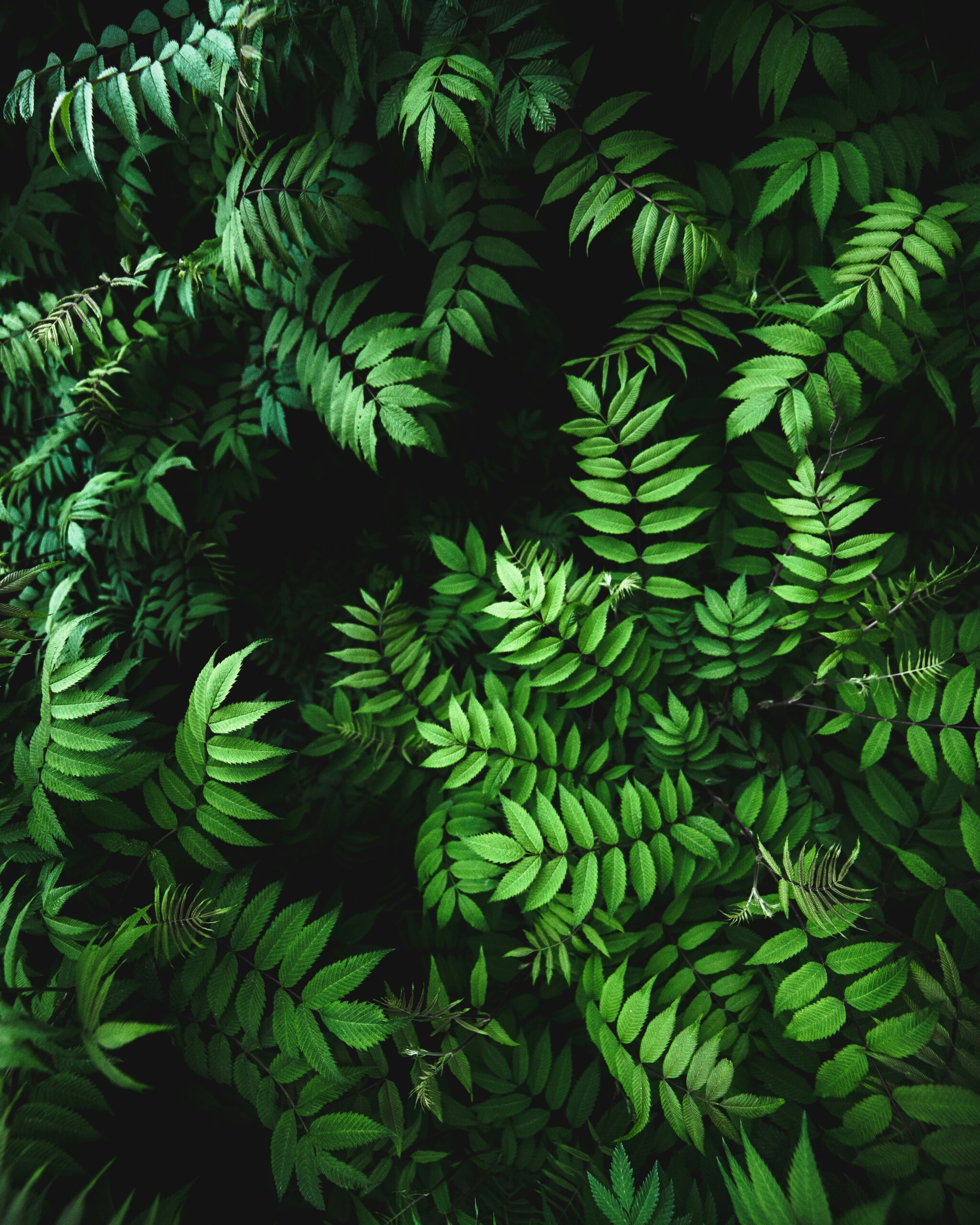
Nav-Xtra
Nav-Xtra
NAV-XTRA IMMUNE CORRECTOR!
NAV-XTRA is a double accelerator that works as an immune system booster by producing anti-inflammatory molecules that feeds on disease causing pathogens and also acts as natural defenses for the body. Its multi-efficacious features corrects the immune system and gives an experience of the healing power of nature + propelling an outstanding turn-around in health and wellbeing.
Free
Worldwide Shopping
100%
Guaranteed Satisfaction
30 Day
Guaranteed Money Back
NAV-XTRA is Natures Finest Remedy, a mega-mixture consisting of various herbs extracts and components employed over the years in traditional medicine. NAV-XTRA is double accelerator that works as an immune system booster by producing anti-inflammatory molecules that feeds on disease causing pathogens and also acts as natural defenses for the body. Generally it enhances and builds your body’s general vitality. Restoring and giving you a healthier you, than you ever imagined.
For a general and healthier well-being, this potent antioxidant will keep your immune system in routine and sound check to work all round the clock.NAV-P has been known to render a wide range of myriad health benefits especially in the cases of Immune system defenses by users whose positive testimonies has surpassed normal medical expectations and has continued to marvel us.
Discover Nutroceutical Ingredients Of Nav-Xtra:
Coriandrum Sativum
Coriander is an annual herb in the family Apiaceae. Coriander belongs to the family Apiaceae. It is also known as cilantro, particularly in the America. It is an annually grown herb found mostly in Mediterranean countries. Coriander is native to regions spanning from southern Europe and northern Africa to southwestern Asia. Coriander grows wild over a wide area of Western Asia and southern Europe, prompting the comment, “It is hard to define exactly where this plant is wild and where it only recently established itself.” Fifteen desiccated mericarps were found in the Pre-Pottery Neolithic B level of the Nahal Hemar Cave in Israel, which may be the oldest archaeological find of coriander. About half a litre of coriander mericarps were recovered from the tomb of Tutankhamen, and because this plant does not grow wild in Egypt, Zohary and Hopf interpret this find as proof that coriander was cultivated by the ancient Egyptians. Coriander is considered an aid to the digestive system and has cholestrol-lowering properties. It is an appetite stimulant and aids in the secretion of gastric juices. Coriander has pain-relieving properties and is useful for headaches, muscle pain, stiffness and arthritis. It is reputed to enhance circulation and relieve fluid retention. The German Commission E Monographs, a therapeutic guide to herbal medicine, approve Coriandrum sativum for dyspepsia, loss of appetite.This humble backyard herb provides (% of RDA/100g): 15% of folates, 11% of vitamin B-6 (pyridoxine), 45% of vitamin C, 225% of vitamin A, 258% of vitamin K, 22% of iron and 18% of manganese.
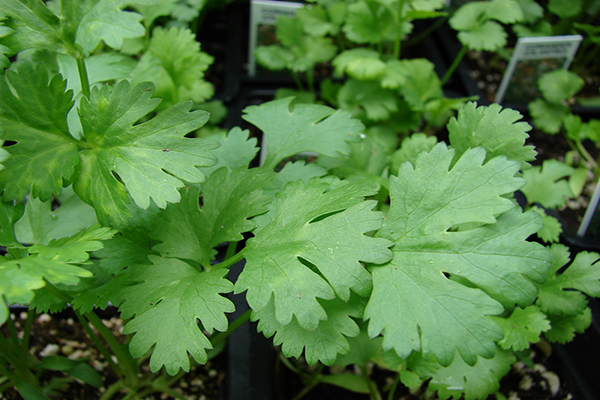
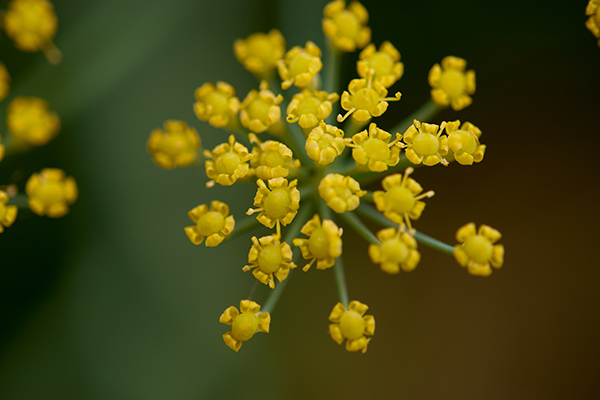
Foeniculum Vulgare
This species originated in southern Europe (i.e. France, Portugal, Spain, Albania, Bulgaria, Greece, Italy and Yugoslavia), the Azores, the Madeira Islands, the Canary Islands, northern Africa (i.e. Algeria, Egypt, Libya, Morocco and Tunisia) and western Asia (i.e. Afghanistan, Iran, Israel, Jordan, Lebanon, Syria, Turkey and Pakistan). A widespread species that is naturalised mainly in the coastal and sub-coastal districts throughout the southern and south-eastern parts of Australia. It is most common in Victoria, eastern New South Wales, the ACT, Tasmania, south-eastern South Australia and south-western Western Australia. Also occasionally naturalised in some inland parts of eastern South Australia and northern New South Wales, in the cooler districts of south-eastern Queensland, and on Norfolk Island. Fennel is often used for colic, wind, irritable bowel, kidneys, spleen, liver, lungs, suppressing appetite, breast enlargement, promoting menstruation, improving digestive system, milk flow and increasing urine flow. Fennel is also commonly used to treat amenhorrea, angina, asthma, anxiety, depression, heartburn, water retention, lower blood pressure, boost libido, respiratory congestion, coughs and has been indicated for high blood pressure and to boost sexual desire.
Echinasea Purpura
Echinacea purpurea was discovered in 1699 and by 1895, it was popular in European gardens as a medicinal herb and an ornamental flower. The Germans started improving Echinacea purpurea in the 1960s by making cultivar selections. The popularity of Echinacea purpurea started to surge in the 1980s and 1990s, especially after Echinacea purpurea ‘Magnus’ was awarded the 1998 Perennial Plant of the Year award from the Perennial Plant Association. Until 2003, most gardeners only grew the single-flowered, full-sized, purple-colored Echinacea purpurea. A few horticultural cognoscenti grew some white-flowered selections of Echinacea purpurea or the rare yellow-flowered species Echinacea paradoxa. Echinacea encourages the immune system and reduces many of the symptoms of colds, flu and some other illnesses, infections and conditions. It usually aids in acid indigestion, Attention deficit-hyperactivity disorder (ADHD), chronic fatigue syndrome, diphtheria, dizziness, genital herpes, gum disease, malaria, migraines, pain, rattlesnake bites, rheumatism, septicemia i.e. bloodstream infections, streptococcus infections, syphilis, the flu, tonsillitis, typhoid, urinary tract infections and vaginal yeast infections.
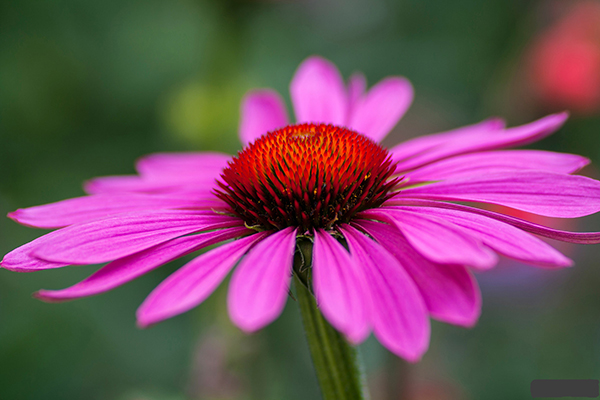
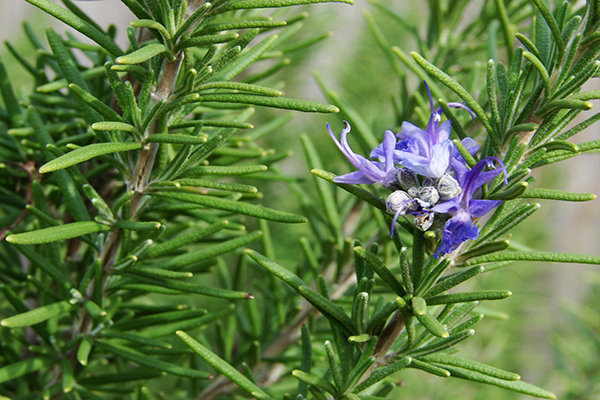
Rosemary Officinails
Rosemary belongs within the family of Lamiaceae, of the genus, Rosmarinus. Its botanical name is Rosmarinus officinalis. Rosemary is native to the dry areas of the Mediterranean, especially along the coast. The genus name Rosmarinus derives from the Latin words ros and marinus which together translate to “dew of the sea.” Rosemary has been used since the time of the early Greeks and Romans. The herb is thought to be originated in the Mediterranean region as a wild, strewing evergreen perennial shrub. Today, it is grown in nearly all parts of the Mediterranean region and Asia minor as an important culinary herb. Charmingly fragrant rosemary herb is the perfect potherb to have in your kitchen garden. It is one of the recognized herbs for its note-worthy health benefiting phyto-nutrients, anti-oxidants, and essential acids.Rosemary is used for digestion problems, including heartburn, intestinal gas (flatulence), liver and gallbladder complaints, and loss of appetite. It is also used for gout, cough, headache, high blood pressure, and reducing age-related memory loss.
Curcuma Longa
Curcuma Longa also known as Turmeric is a perennial herb of the ginger family that is extensively cultivated in India, China, Indonesia, and other tropical countries. In Ayurvedic medicine, turmeric was prescribed for treatment of many conditions, including poor vision, rheumatic pains, and coughs, and to increase milk production. The active constituent known as curcumin has been shown to raise the body’s own antioxidant systems through increasing glutathione levels. Studies show a cancer-preventing action of curcumin. In one of these studies, curcumin effectively inhibited metastasis (uncontrolled spread) of melanoma (skin cancer) cells. Its protective effects occur at all steps of cancer formation: initiation, promotion and progression. It reduces inflammation by lowering histamine levels and by increasing production of natural cortisone by the adrenal glands. Curcumin protects the liver from a number of toxic compounds, and has been shown to be an active choleretic, increasing bile acid output by over 100%. Curcumin also aids in the excretion of cholesterol, bilirubin, and increases solubility of bile. It also improves gastric integrity through increasing mucin content of the stomach, thus protecting against ulcer formation
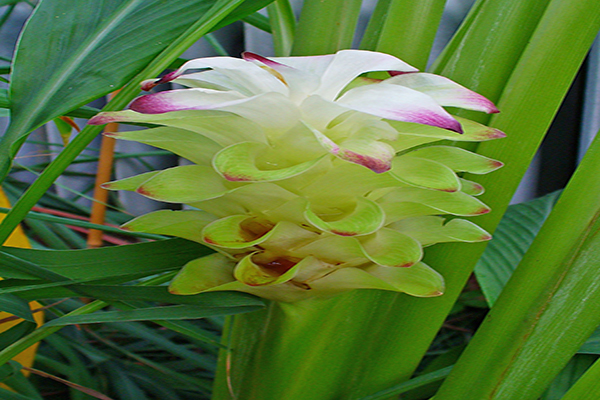
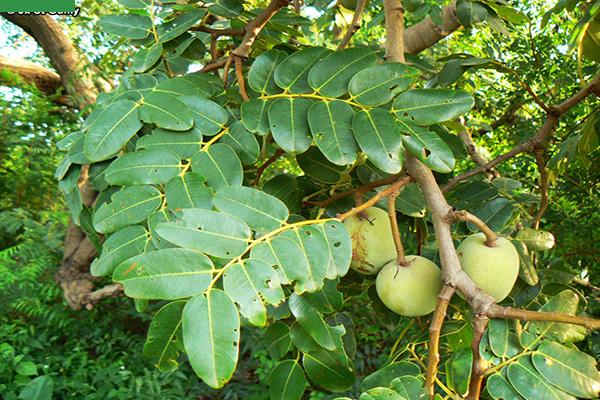
Detarium Senegalence
Senegalense occurs naturally in the drier regions of West and Central Africa (Benin, Cameroon, Central African Republic, Chad, Gambia, Ghana, Guinea, Guinea Bissau, Côte d’Ivoire, Mali, Niger, Nigeria, Senegal, Sudan and Togo). Unlike the other species of its family, Detarium senegalense grows in the dry forest, Many different vernacular names exist for this species, including the English, sweet dattock or tallow tree, and the French, dankh or petit détar, as well as Abu-laili (in Sudan) or Tamba Dala (in Mali).Different parts of the detarium senegalense tree are utilized for a variety of purposes. This species is mainly used for its medicinal properties. The bark of the tree is most widely used in medicine for remedies including: the removal of the placenta after birth and treatment of anaemia; wounds, skin problems, bronchitis, pneumonia, stomach ache and digestive disorders; tuberculosis, and in cases of heavy blood loss. Root decoctions are used to treat marasmus, debility, intestinal complaints, and convulsions. Leaf and shoot mixtures have been used in the treatment of dysentery, conjunctivitis, headaches, arthritis, fractures, and boils. Its seeds have been effective in controlling blood-glucose levels in diabetic individuals, for the treatment of mosquito bites and as an antidote against arrow poison and snake bite. The “ofo” flour made from the seeds is often used as a soup thickener.
- Study history up to 30 days

